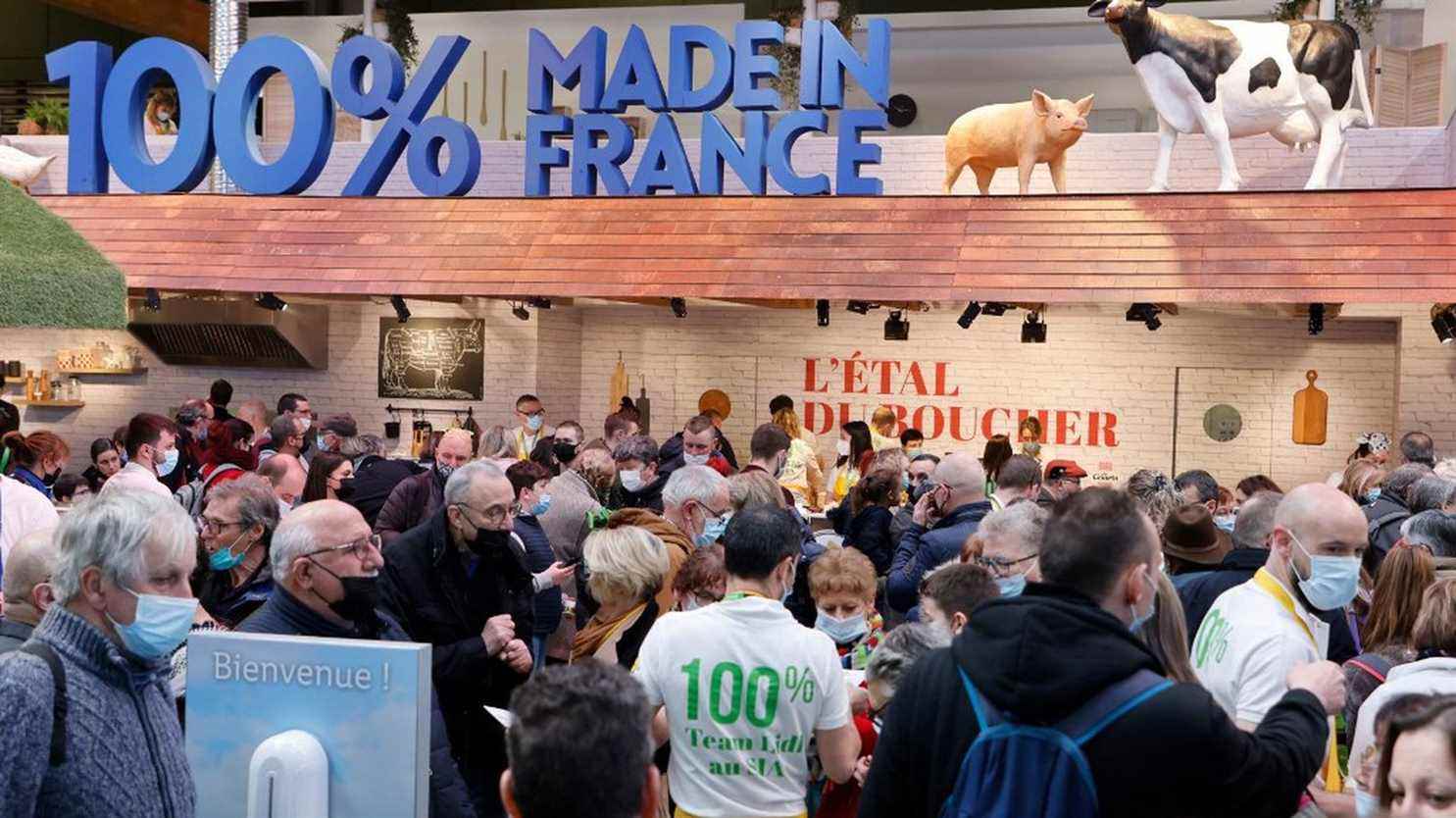While the 58th International Agricultural Show opened this Saturday, February 26, on the theme “Agriculture, our daily life, your future”, just two days after Russia invaded Ukraine, indeed fears a rise in the price of agricultural raw materials. The agricultural world remains upset by the random supplies depending on the conflicts.
Added to this are ecological changes and damaged agricultural land. We must then maintain our yields to be competitive, while limiting toxic products. Artificial intelligence makes mechanization more virtuous, more precise, and cleaner.
According to Terre de liens, we destroy 55,000 hectares of agricultural land each year, or a football pitch every seven minutes. In addition, the agricultural sector is responsible for a fifth of greenhouse gas emissions, the majority of which come from cattle.
Only, if we talk a lot about production methods and the reduction of livestock to green the sector, agricultural vehicles have a role to play. The agricultural equipment sector, which represents 100,000 jobs in France, is making considerable progress on tractors that are able to follow a GPS track. Some are even autonomous, and powered by renewable energy produced on the farm.
New technologies are entering our daily lives, but also that of farmers, as evidenced by the use of artificial intelligence or robotic tractors. Among the surprising arrivals, it is worth mentioning the use of drones for the observation and monitoring of crops, particularly in the face of infections.
“The Aisne Chamber of Agriculture offers farmers in this department the opportunity to fly over their beet plots with a drone that will detect thistle infestations.”
Étienne Vicariot, former sales manager at John Deereat franceinfo
The agricultural world is also moving towards cleaner fuels, and is experimenting with biogas and synthetic fuels, or even hydrogen and electrification.
To compensate for the high price of such innovations, and move towards “low carbon” equipment, some propose the establishment of financial incentives, like those in the automotive world. The idea is therefore gaining ground in the agricultural world, particularly with the manufacturer New Holland, which was one of the first to produce a hydrogen tractor.
“Today, there is no incentive for buyers of agricultural raw materials who would say: ‘I am a fast food chain, I want my salad to be certified low carbon’ or ‘I am a chain supermarkets, I want leeks and carrots to be low-carbon certified and I buy them at a higher price’.
There is still a lack of incentives that would ensure that farmers have a more favorable economic equation”, highlighted Nicolas Morel, product manager for France at New Holland.
However, it is still important to take a step back and look at the disparities in cultivation methods: worldwide, tractor owners are only 30 million, compared to 300 million farmers who work with animal traction and more than one billion who work the land by hand.
So when we buy our food, it would be good to know where it comes from, and the ecological cost of transporting it, and finally, under what humane conditions it is produced.
